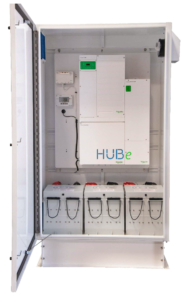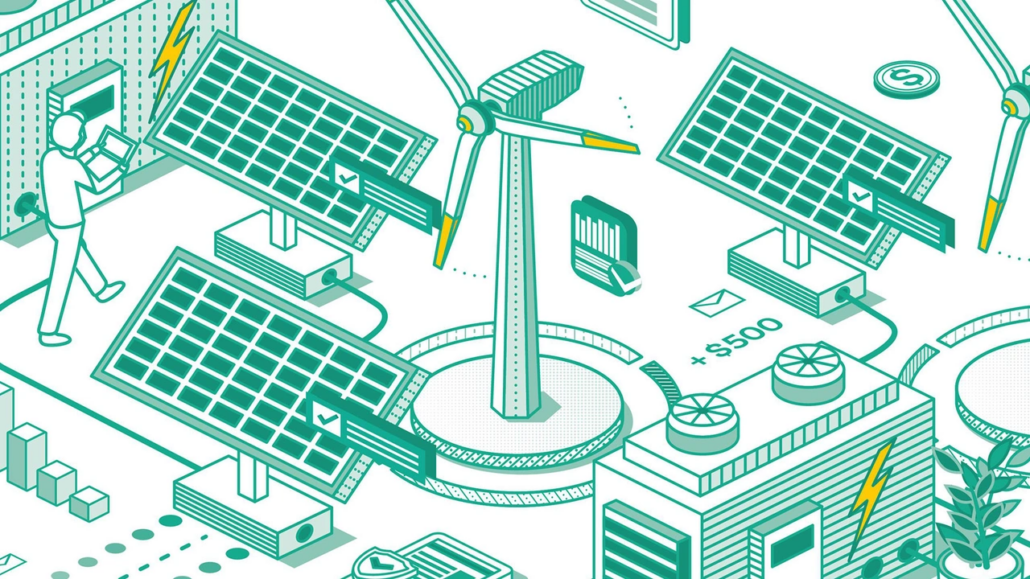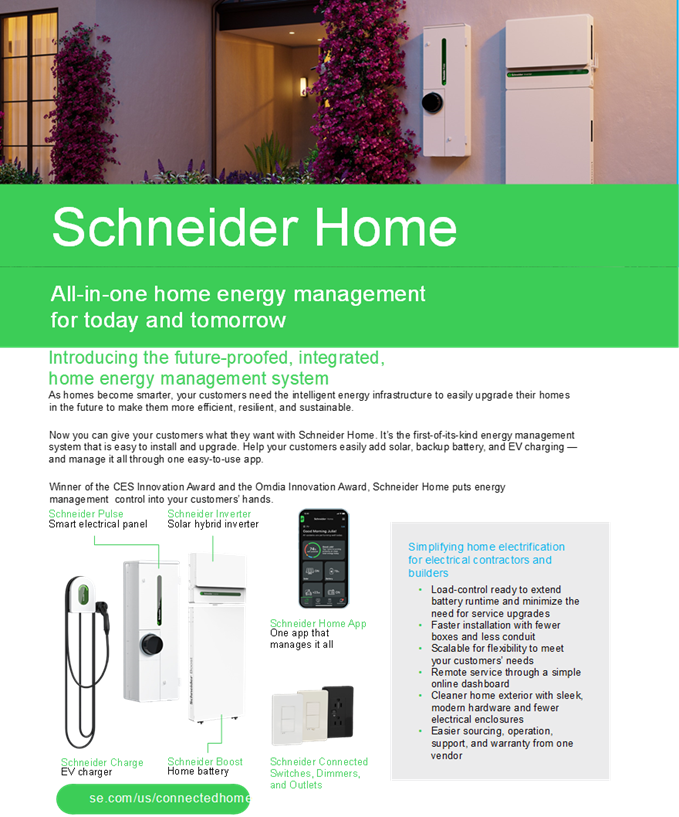Residential

Provides home or small business (store or restaurant) owners an All-in-One NetZero Energy Systems solution that typically includes 2 or more generation sources, such as solar photovoltaic and battery energy storage. Flexible renewable energy systems provide homeowners with secure, sustainable, cost-effective energy management control savings, EV charging and back-up power when the grid is down (with an EV V2G option).

Application |
Power |
Residential Homes |
|
Application |
Power |
Residential Homes |
|
Producing Flexible Distributed Energy Resources (DERs) with Energy Management Cost Savings and Ensuring Uninterrupted Power during Blackout Events or Natural Disasters.
Provides medium scale commercial/industrial centers, factories, small communities, remote resorts, office buildings, malls, etc. an All-in-One (30kW – 5MW) power solution that typically includes 3 or more generation sources, such as solar photovoltaic, battery energy storage, natural gas generators, and geothermal and/or the grid if available. Our HUBe INDe Microgrid (DER) System may be configured for on or off grid use and is shipped to you pre-wired and ready to commission (except for the battery storage modules, which are shipped separately per DOT requirements and must be installed on-site).
As an option the HUBe commercial INDe system may include integrated bidirectional EV charging (V2X), OpenADR and utility demand response (DR) capable hardware and software options.

Hybrid energy systems balance renewable sources and grid power to meet increasing data center demand and sustainability goals.IMAGE: ALAMY
Utility

VoltumAi™ Advanced Hybrid Microgrid Platform
High energy consumption facilities, campuses, and data center developers are seeking to find the power where either the grid doesn’t have it or won’t have it available fast enough. As a result, hybrid power systems, like the HUBe VoltumAi is emerging where new industrial plants, universities, and military bases, and in particular new Ai data centers must be powered by a collection of sustainable, easily deployable, on or off grid systems.
These facilities typically include 3, 4, or 5 power generation (and energy storage) sources, such as solar PV, wind turbines, battery energy storage systems (BESS), natural gas generators, geothermal, and in the future micro/small modular reactors (SMMR) working on or off grid with new Ai based system control and daily energy management cost savings options.
21st Century microgrid hybrid system generation assets must be designed and engineered during the earliest stages of a project’s development to meet the quickly changing, highly dynamic loads demanded in high energy consumption operations, especially in Ai data centers. These new Ai data centers alone are expected to demand 10% of U.S. power by 2030, according to EPRI. Previously, a large data center might have needed up to 150 MW, but now new Ai (soon to be QuantumAi) data centers require 500 MW – 1 GW+ 24/7 sustainable energy.
Application |
Power |
Hybrid MicroGrid High Energy Consumption Facilities |
|


